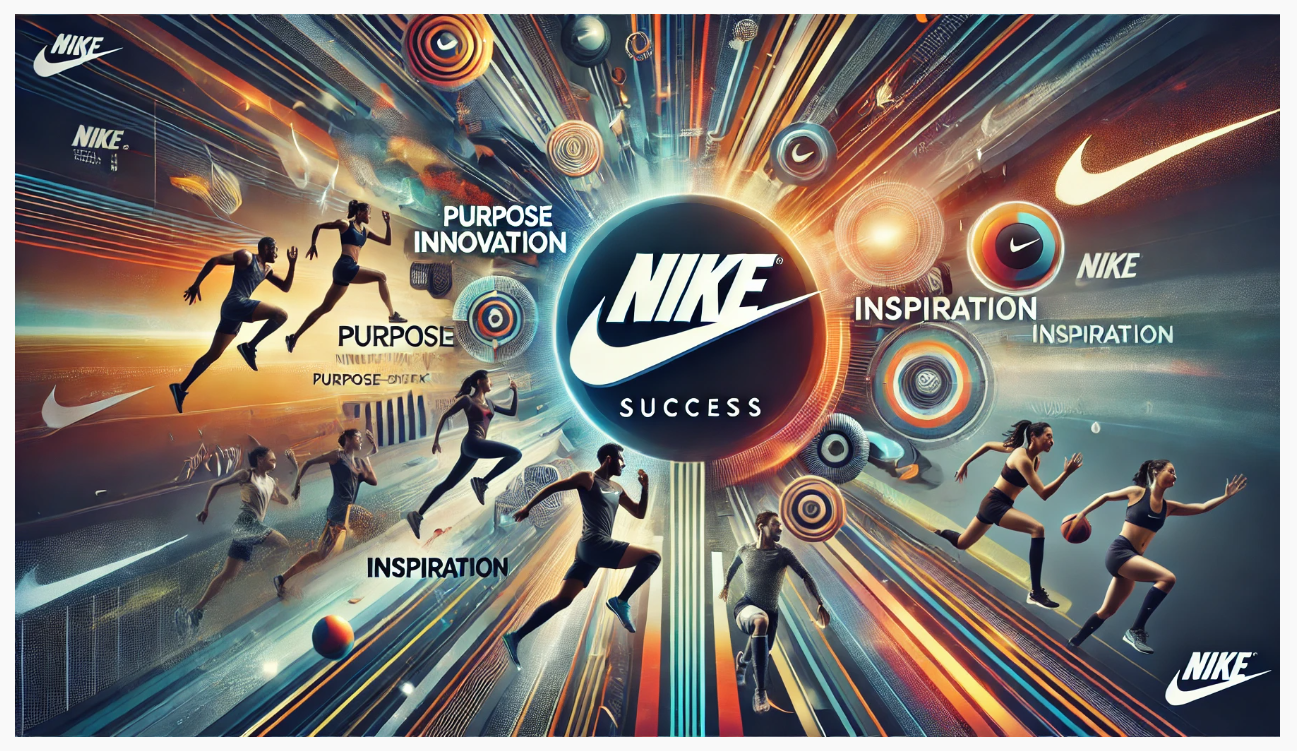The Power of Real Data in Branding: Why Science and Research Matter in the Digital Age
In today’s fast-paced, ever-evolving digital landscape, branding decisions can’t rely on guesswork or outdated practices. Science, data, and research have become the backbone of successful branding strategies, allowing businesses to make informed choices and build lasting connections with their target audience.
However, there’s a critical distinction between using industry statistics and tapping into real research data. To truly elevate your brand in the digital age, understanding the difference is essential.

Real Stats vs. Industry Stats: What’s the Difference?
When crafting your brand strategy, it’s important to differentiate between broad industry statistics and targeted, real research data. Industry stats provide a general view of market trends but often fail to capture the nuances of consumer behavior. These numbers are usually geared toward outcomes like revenue, employee engagement, or market share, which can be useful but are often too generic to offer specific guidance.
On the other hand, real research data dives deeper into the psychology behind consumer behavior, buying habits, and decision-making processes. It tells you not just what is happening but why it’s happening.
Example of Industry Stats:
“The average business spends 7–10% of their revenue on marketing.”
While this data gives a high-level view of marketing expenditures, it lacks actionable insights into how these businesses engage with their consumers.
Example of Real Stats:
“70% of buyers conduct a Google search before making a purchase decision.”
This type of data provides direct insight into consumer behavior, offering a more precise understanding of how your target audience engages with your brand. With this knowledge, you can tailor your digital presence to meet consumers where they are — search engines, online reviews, or social media platforms.
Why Real Research Matters in the Digital Age
The digital age has shifted the way consumers interact with brands. Today, the decision-making process is more complex and involves multiple touchpoints, from initial discovery to final purchase. In this environment, relying on generic data can lead to missed opportunities. Instead, focusing on real, research-driven insights allows brands to address the actual needs, preferences, and habits of their audience.
A Few Key Points to Consider:
- Consumer Behavior Has Changed: Shoppers now compare products online, read reviews, and rely on social media for recommendations. Understanding how they make these decisions is essential to creating effective branding strategies.
- Digital Experiences Matter: Today’s consumers expect personalized, seamless experiences across digital channels. Research can reveal what they expect from their interactions with your brand and help you deliver on those expectations.
- Data-Driven Decisions Lead to Better ROI: Brands that rely on research and consumer insights are better equipped to target their audience effectively, leading to improved engagement, higher conversion rates, and better return on investment.
How to Use Real Data to Inform Your Branding Strategy
- Conduct Consumer Research: Gather insights from your target audience through surveys, focus groups, and social media listening. Learn what drives their purchasing decisions, how they perceive your brand, and what improvements they expect.
- Leverage Digital Analytics: Tools like Google Analytics, heat maps, and social media analytics can provide real-time data on how consumers engage with your website, products, and content. Use this data to refine your messaging and user experience.
- Stay Ahead of Trends: The digital world evolves quickly, and consumer behavior shifts just as fast. Regularly analyze the data and trends in your industry to stay ahead of competitors and meet changing consumer demands.
Conclusion: Real Data Is Your Competitive Advantage
The fusion of science, data, and research is critical for building a brand that resonates with today’s digital consumers. While industry statistics give a broad picture, real research data offers deep insights into consumer behavior, allowing you to create more personalized, effective branding strategies.
By choosing real stats over generic industry numbers, you ensure that your brand strategy is consumer-focused, data-driven, and well-positioned to succeed in the digital age.
Are you ready to take your brand to the next level? Start with real data and actionable insights to build a brand that connects with your audience.
#DataDrivenBranding #RealConsumerInsights #BrandStrategy #DigitalMarketing #ResearchBackedDecisions #ConsumerBehavior #StayAhead #BrandingInnovation

Comments
Post a Comment